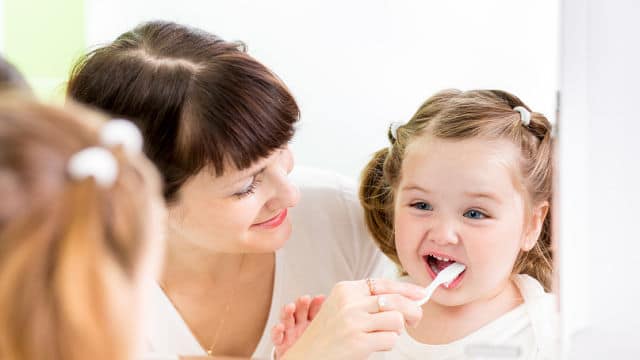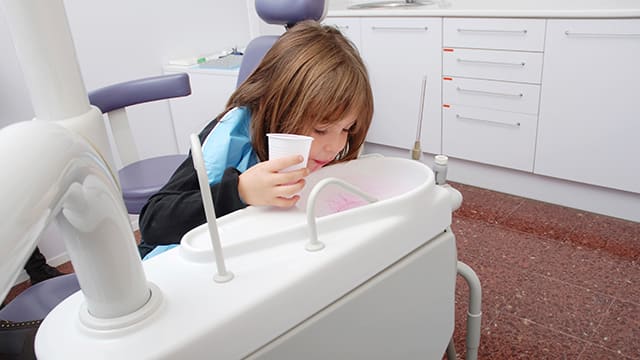-
-

CAVITIES
Can You Heal A Cavity At Home?You feel a sharp pain when you bite down or try to eat. You think it's a cavity, but you're not 100 percent sure...

BAD BREATH
How To Cure Bad BreathMore commonly known as bad breath, halitosis is an embarrassing hygiene issue that nobody wants, but some of us get every now and then...
-
Science & Innovation
- Colgate® | Toothpaste, Toothbrushes & Oral Care Resources
- Oral Health
- Is Your 3 Month Old Teething? What You Should Know


Most babies start teething between 6 and 12 months of age, but that doesn't mean your 3-month-old is totally immune. Parent 24 notes that, for some parents, 3 month old teething can be a reality, which means that while navigating early sleep and feeding with your newborn, you might also be dealing with a sore mouth. If your 3-month-old seems to have all the hallmarks of a teething tot, you may need to adjust how you help your little one through the pain and irritability that can accompany his or her first tooth.
Signs of Early Teething
Your baby might start experiencing the symptoms of teething long before that first tooth makes its appearance. Knowing the signs of teething can help you stay calm when your usually mild-tempered baby starts to become fussy or exhibit some of the other classic teething symptoms, such as:
- Irritability
- Trouble sleeping
- Red, swollen or tender gums
- Excess drooling
- Rash around the chin, neck and mouth
- The need to chew or gnaw on objects
- Refusing breast or bottle
The two bottom teeth are usually the first to make their appearance, so your baby's tenderness and pain might seem to be localized there. If your little one is exhibiting these symptoms, they are better indicators of teething than age. Each baby is different, so while some might follow the average teething timeline, others teethe early or even later. It's rarely a cause for concern, but you can bring up any worries you might have at your next pediatrician checkup.
Teething Treatments
In the case of 3 month old teething, some of the usual treatment options simply aren't appropriate for younger babies. While you might be able to hand a cracker or small piece of fruit for a 6- to 8-month-old, Parent 24 recommends only breast milk until 6 months of age. What's more, products that contain benzocaine are often marketed for baby teething pain, but Health 24 warns against the use of benzocaine for babies, citing a rare condition called methemoglobinemia, which is a disorder that can restrict the amount of oxygen carried in your baby's blood and can be fatal.
With younger babies, it's best to offer comfort in the form of massage or something cold. You can dip the corner of a washcloth into water and pop it into the freezer for a safe and effective way to ease teething pain, or use a soft-bristled toothbrush or even a clean finger to massage sore gums. Don't offer acetaminophen until you've cleared its use with your pediatrician.
If your baby's teeth do make an appearance before he or she is 6 months old, you'll still need to brush with a soft toothbrush and a fluoride-free toothpaste. Babies are likely to swallow their toothpaste and so fluoride (in toothpaste) isn't recommended until 6 months of age.
There isn't a right or wrong age for babies to start the teething process. Each little one is different, and the important factor is how you choose to offer extra love and comfort during what can be an uncomfortable phase. If your newborn is exhibiting signs of teething, it's best to stick with drug-free treatment methods to help curb pain and help your baby stay safe.
Related Products

Helping dental professionals
More professionals across the world trust Colgate. Find resources, products, and information to give your patients a healthier future











